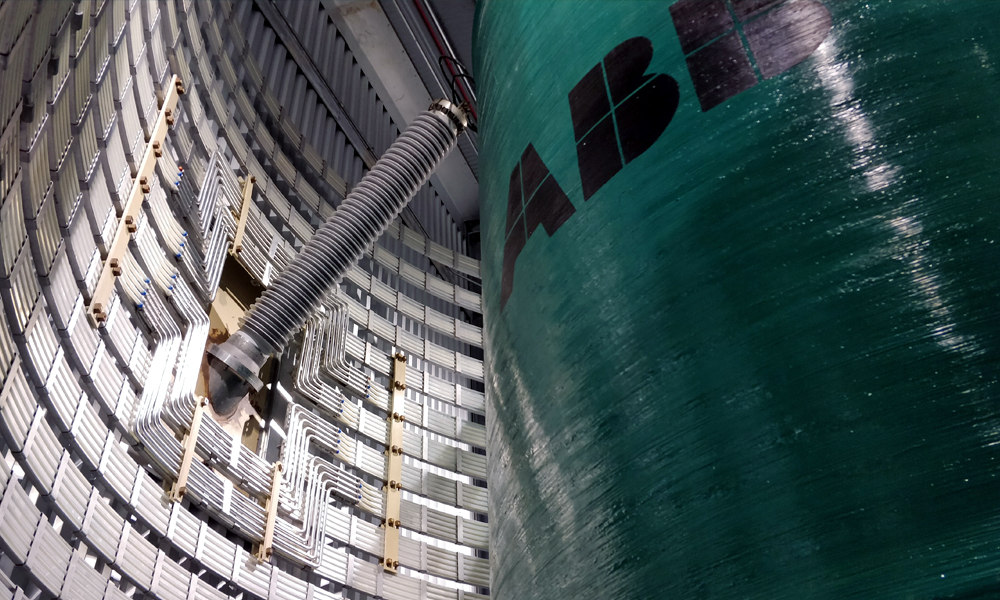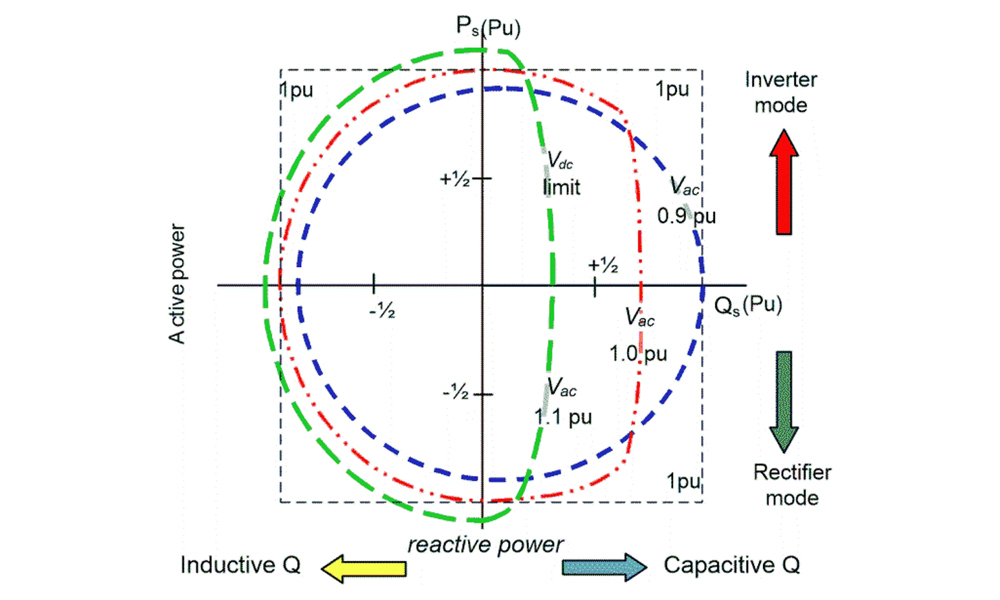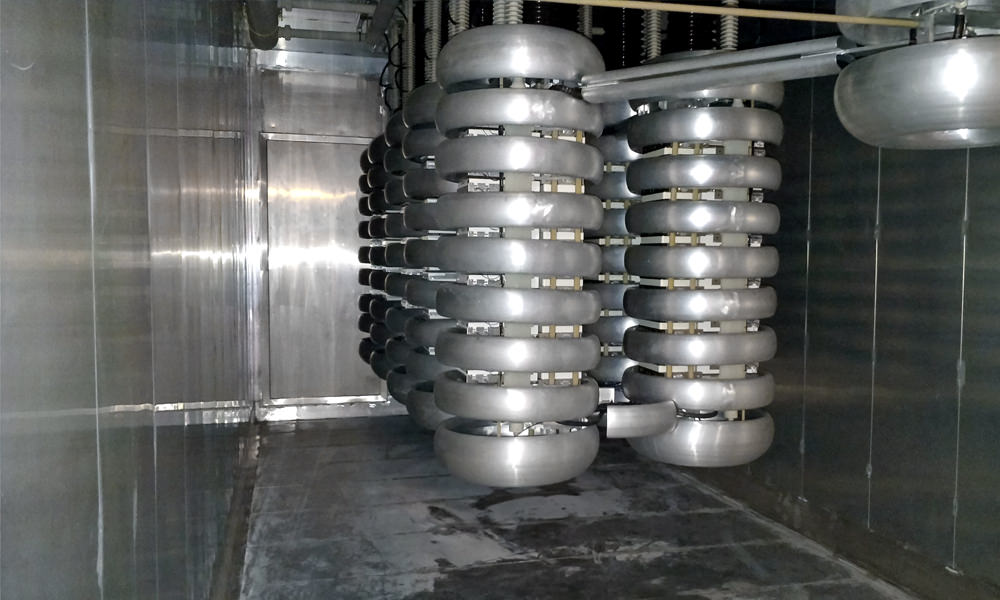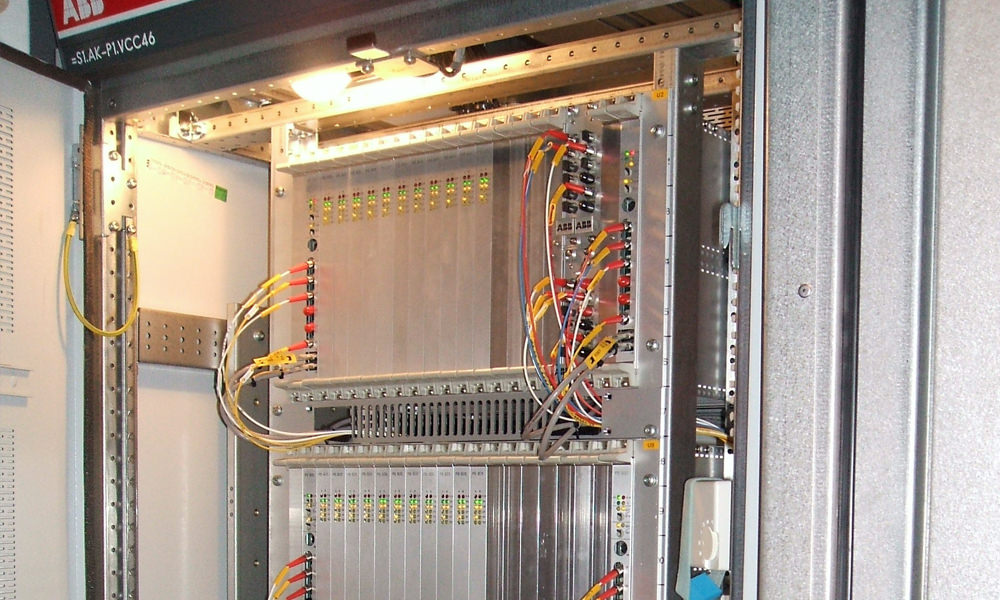VOLTAGE SOURCE CONVERTERS
Voltage Source Converters have proven their controllability over the years. Early installation utilized pulse-width modulation control for 2 & 3 level valve switching.
The mercury-arc valve made HVDC transmission possible in the 1950s. A technology improvement came in 1970 with the introduction of the thyristor valve. This solid-state device simplified the HVDC conversion process and reduced maintenance significantly. Line Commutate Thyristor-based converter stations do not provide independent control of active and reactive power. In the 1990 advancements in power electronics introduce the insulated-gate bipolar transistor (IGBT). It offered several possibilities that could take HVDC schemes to the next level. The IGBT’s characteristics were between a conventional bipolar junction transistor (BJT) and a field effect transistor (MOSFET). This proved to be an ideal solid-state switching device with high impedance and high switching speeds. It also had low saturation voltages capable of handling large collector-emitter currents with almost zero gate current drive. In 1997, the first experimental voltage source converter (VSC) HVDC system was tested in Hellisjon, Sweden. It was a 3-MW, ±10-kV overhead line two level VSC. Then in 1999 ABB commissioned the first commercial VSC-HVDC project. It was a 50-MW, ±80-kV submarine cable connection on the island of Gotland in Sweden. This was followed by the Eagle Pass 36 MW 138 kV back-to-back HVDC converter station interconnecting the transmission girds in Texas and Mexico in 2000. Additional VSC based projects were installed around the world, including the Cross-Sound Cable Project which was commissioned in 2003.
VSC-HVDC schemes have proven their controllability over the years. Early installation utilized pulse-width modulation control for 2 and 3 level valve switching. More recently, the concept of modular multilevel converter (MMC) topology is being employed. This technology approach offers several unique features such as black-start capability, high dynamic performance, simplified multi-terminal capabilities, and independent control of both active and reactive power. VSC based HVDC systems continue to grow in capability of power transfer levels and are the preferable approach for projects where voltage control is more crucial.





